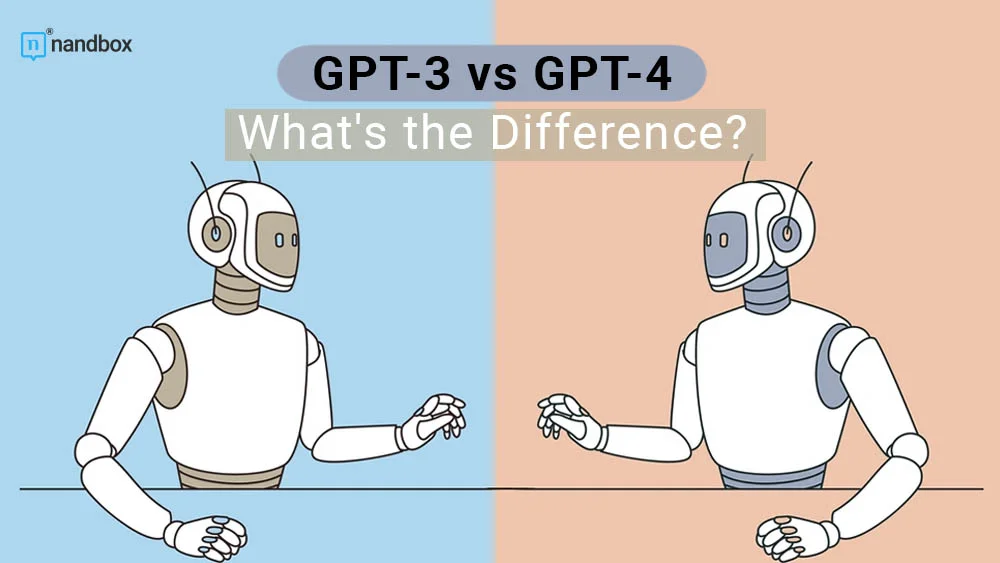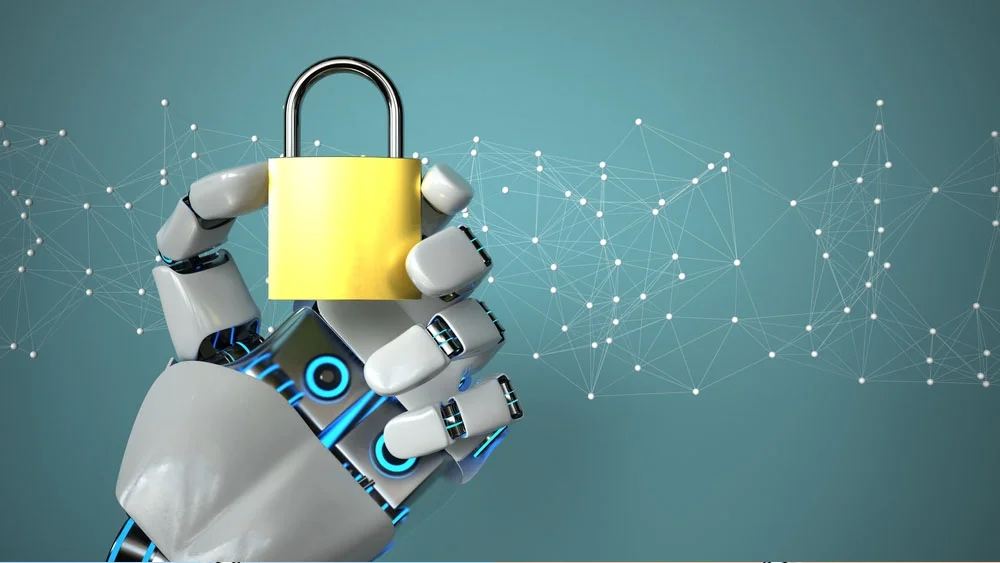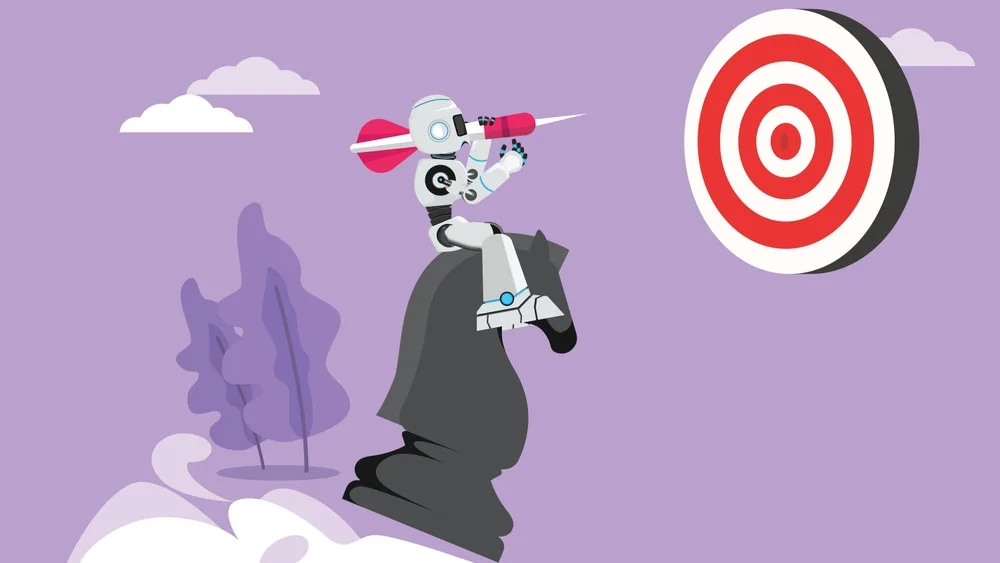Beginning to Never-End: GPT-3 vs. GPT 4
It’s incredible to see how GPT-Chat has been and will continue to be evaluated. With one emerging technology after the other, Open AI really knew how to take advantage of such advancements to offer a product that certainly became not only the talk of the town but the talk of the whole planet. Day by day, people are racing to get a taste of this cutting-edge technology, especially after announcing the new and enhanced GPT-4 and revealing the new functions. GPT-3 vs GPT-4 is now the greatest comparison that everyone is rooting for. In this article, we will get to unveil GPT-4’s new and enhanced capabilities. We will also get to explain the key differences between GPT-3 and GPT-4
The Journey of ChatGPT
Before going into details about how GPT-4 is even more powerful and advanced, let us explore the complete timeline of ChatGPT and how it became the greatest AI tool.
Mid-2018: The First Version of ChatGPT
Three years after the establishment of open AI, GPT-1 emerged. The company owners sought to create a new market for AI tools and further explore the endless capabilities of AI. GPT-1 also used the natural language processing (NLP) technology, however, with much more limited data input than the current version. It is safe to say that GPT-1 acted as a base or foundation for the following ones.
Early-2019: A Second Hit
In early 2019, especially on Valentine’s Day, the second, more evaluated version of ChatGPT was released. GPT-2 Chat got more recognition, and it was the first step for the tool toward exceptional success. The second version was more advanced in terms of parameters, as the previous GPT-1 processed nearly 117 million parameters compared to the 1.5 billion parameters of GPT-2.
Mid-2020: GPT-3 Is in the Works!
Go big or go home was obviously OpenAI’s mission for this version of ChatGPT. This time the company aimed for a bigger and more refined model by working on the NLP technology. They sought for this version to be the largest and most powerful AI system ever created. GPT-3 was released with 175 billion parameters, which accomplished exactly what the company aimed for.
Late 2022: GPT-3 Reaching the Peak of Success
Late November of 2022 was a real turning point for OpenAI and ChatGPT. With more people trying out and exploring the capabilities of GPT-3, it became a major trend in the tech industry. People were amazed at how the conversations they had with the AI tool appeared to be very natural and human-like. The AI tool provided answers for nearly everything in a logical and perfect arrangement. The tool was able to understand not only English but other languages and can keep up with any conversation for as long as the user intends to.
Early 2023: GPT-4, Better Than Ever
In early 2023, Open AI announced the next release of ChatGPT. Many people thought that the potential of ChatGPT ended with GPT-3 and GPT-3.5. I mean, how can it get any better than this? GPT-4 came to prove them wrong and states that the potential of this tool and AI, in general, is never-ending. GPT-4 is not yet released to the public; it is limited to ChatGPT Plus users only for now.
Many ChatGPT Plus users have been documenting and sharing their experience with the new version online, and let me tell you, it exceeds anyone’s expectations. The tool is very flexible and can be adjusted to fit any type of field or system. This time, the company aims to allow not only individuals but businesses of all types and sizes to employ GPT-4 and unlock new capabilities. That is why some developers and apps like “Be My Eyes” got to access and integrate the GPT-4 API into their apps to further expand their functionality.
Key Differences: GPT-3 vs. GPT-4
Now that we’ve explored the origins of both GPT-3 and GPT-4, it is time to break down the key differences that make GPT-4 even more powerful and advanced.
Word Limit
First comes the word limit. Previously on GPT-3, as much as the outcomes were surprising and great, the user was also limited with a word limit of 3000 words, which sometimes is not enough in certain work environments. However, in GPT-4, the user can generate up to 25,000 words for a more efficient operation.
Image Analysis
Another major difference in GPT-4 is the image analysis ability. GPT-4 is now equipped to not only understand text but also images. Users can now send out images in the chat, and the AI tool will instantly analyze and describe everything found in the image. In the GPT-4 developer live stream that gave a glimpse of this technology, GPT-4 was asked why the inserted image is funny. The tool immediately analyzed the image and gave a logical and perfect answer. The Be My Eyes application uses this function in the new “virtual volunteer” feature that can assist users in describing and understanding the context of any image.
Safety and Security
Unlike GPT-3, GPT-4 is now limited when it comes to generating inappropriate or disallowed content. With multiple cases of the tool generating content that contains sensitive and inappropriate information, GPT-4 now has more limitations and more monitoring of the users’ input. It can now reject any question about a sensitive or dangerous topic. Open AI is training the new version with human feedback to monitor and improve the tool’s behavior to create a safe and secure environment for users.
Creativity and Accuracy
From 175 billion parameters to nearly one trillion parameters, GPT-4 is the new sheriff in town. For GPT-4, the tool’s creators now employ human feedback and have successfully expanded the data processed by it. This made GPT-4 capable of providing more accurate information and facts. It can also comprehend more complex inquiries and problems and solve them instantly. GPT-4’s outputs are also more creative and flexible than GPT-3’s outputs, which were viewed as simple and basic.
What’s Next?
So, what’s next? This question has no certain answer. No one can guarantee that this is the end of ChatGPT’s powerful technology. What comes next is totally vague and unexpected. With more advancements and new technologies emerging each day, we can’t confirm or even guess the next form, structure, or new functions of ChatGPT. All we can do now is enjoy the current and powerful capabilities and hope for even better ones that will help improve and streamline tasks and operations and enhance our daily experiences in all fields.





